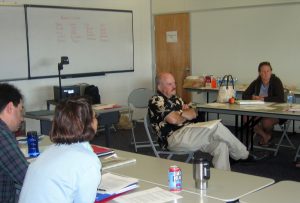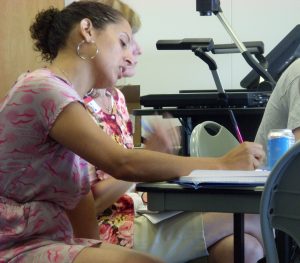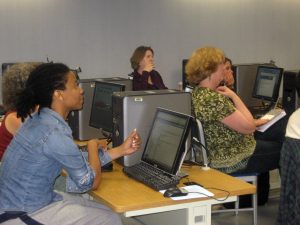2011 USN Conference Keynote Speaker Ernest Morrell
In anticipation of the 2011 Urban Sites Network Conference, the Boston Writing Project organizing team recently spoke with author and academic Ernest Morrell, as well as the keynote speaker for the upcoming event, about bringing literary theory and popular cultural into the high school classroom. Among the topics, his his book Linking Literacy and Popular Culture: Finding Connections for Lifelong Learning. Here is a part of their conversation.
Boston Writing Project: With the Hip-Hop Research Project at South Bay High School in Torrance, CA, you had students do research. What readings did you choose, and how did you guide students through the process? More specifically, how did you teach a research-methods course to high school students?
Ernest Morrell: The research project process is more intuitive. All research starts with a problem or question for the students. For instance, what are things in the community you would like to see changed? What role would you like to take? How would you go about answering that kind of question? They do a good job with that; they get it. They do surveys. Once we help them understand the research design, we go into the various research methods, e.g., field notes, teach them how to look at statistical databases, criminal justice data, visual sociology, and film and photography. We explore how you use these within research. Then they do research. We provide the space for students to do research, and we give them the space to create projects.
Read the entire interview courtesy of the National Writing Project site, with questions developed by the 2011 USN local host site conference planning team and the Boston Writing Project: Barbara Barros, Peter Golden, Steve Gordon, Kelly Koushan, Valerie Librizzi, Director Glenn Mitchell, Caroline Occean, Denise Patmon, Emilie Perna, Ling-Se Peet, Katherine Petta, and Team Leader Chris Tsang.










